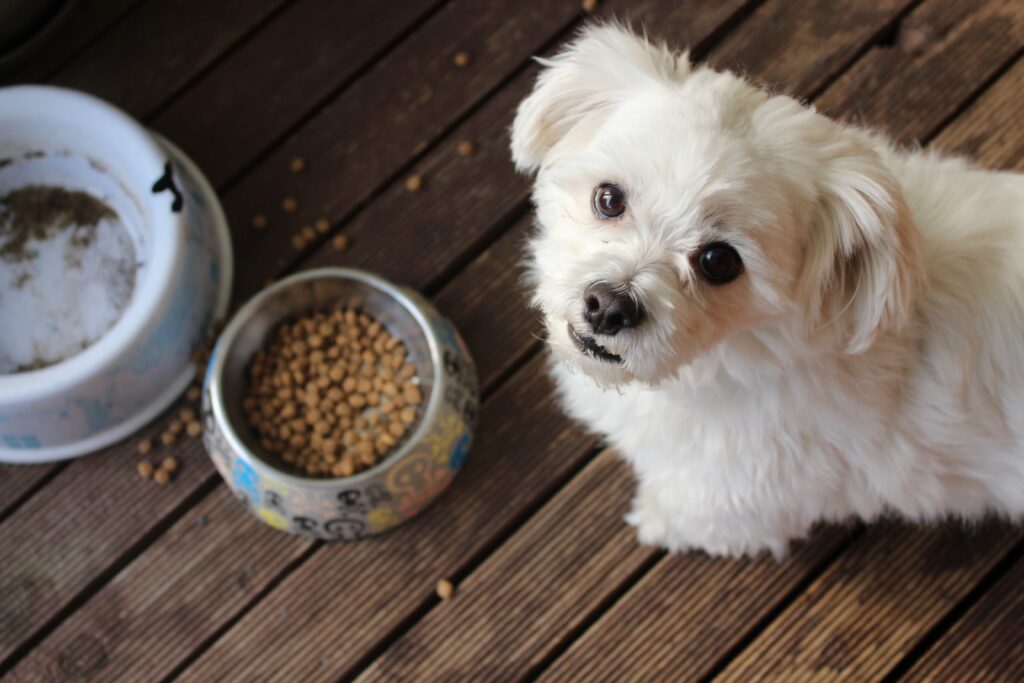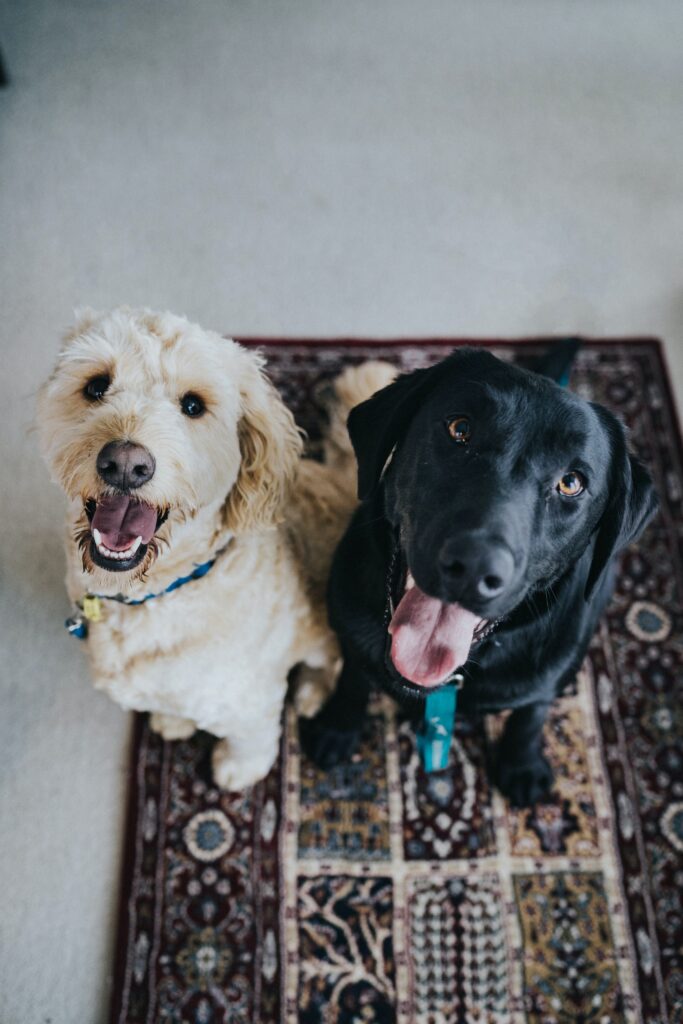
There are thousands of different types of puppy dog food currently on the market and it can be difficult to pick the right food for your new furry friend. From dry dog food to wet dog food, to knowing what human foods a dog can eat, the list is extensive. In this blog we are going to guide you through the process of choosing the right dog food for your new puppy!
Thank you for reading this post, don't forget to subscribe!Puppy Dog Food
You may not have known but puppies actually eat different dog food than adult dogs. This is as puppies need food packed full of nutritional value to help them grow. Look out for dog food designed specifically for puppies as these will be filled with minerals, essential vitamins, calcium, copper, amino acids, and protein. Additionally, a puppy’s digestive system is still forming, therefore puppy food is designed to be easily digested!
Puppies breed and size
Dogs who are larger in size/ breed typically need puppy food designed for larger dogs. This is due to larger dogs needing higher calcium and phosphorus levels to help with their growing. With larger dog breeds you need to be cautious on not to overfeed them. This can cause rapid growth which will affect your dog’s bone density and lead to a lot of problems later in life!
Vice-versa, with smaller dog breeds need different nutritional values and need small food that will not be a choking hazard to them.
It is extremely important to research your dog’s specific breed to look at their health problems. For example, bernes mountain dogs have a history of orthopaedic problems. To reduce your dog’s risk of hereditary problems, researching puppy food that is high in vitamins and minerals that help with these conditions is necessary.

AAFCO Pet Food Regulation
The AAFCO is an American association and is internationally recognised that ensures pet food is kept to a high quality and standard. You should always check that your puppy food is regulated. AAFCO specifically require dog food to meet a certain nutritional value, by doing this only the best dog food can get the AAFCO approval. To find out more about AAFCO click here!
FEDIAF European Pet Food Regulation
Similarly, to AAFCO, FEDIAF regulates European pet food and ensures the pet food is safe. Additionally, FEDIAF work on society benefits of owning a pet. The brand focuses on sustainability, responsible pet ownership and nutritional requirements. If you want to learn more about FEDIAF click here! When choosing puppy food, you should always check for these regulations.
Tips and Tricks every puppy owner should know!
Portion Control
It can be difficult to portion control especially if you have a puppy who is always on the lookout for food. However, it is so important at this stage of their life to be consuming the correct number of calories. Getting into a routine and feeding the same portion at breakfast and night is great for dogs. Portion control also relates to treats! It can be easy to get carried away with treats especially during the puppy training phase.
Do not leave their food out!
It can be tempting to leave food out all day for your puppy to ensure they do not go hungry, and they can eat when they like. However, this is actually bad for them and can cause development of bad habits such as become a picky eater. When feeding, only leave the food out for a set period of time such as 30 minutes. Then take the food away, even if they are not finished. Dogs thrive on a routine, and this is no different at feeding times.
Avoid Human Food
In the first year of a dog’s life their diet is a vital factor in how they are going to develop. Therefore, it is so important to not give your dog human food, it is not designed for puppies! Human food is filled with sugars and artificial flavours, which are not healthy for puppies. I know it can be tempting to sneak them a treat, but it is best to hold off on that until they are an adult. Once your dog is ready to eat human food, check out of blog post ; Healthy dog treats found in your kitchen!
Co-ordinate Mealtimes
If your puppy is anything like my dog and absolutely loves food, then you often can hear them whining when you eat. By co-ordinating your mealtime with your puppies, this distracts them from your food and establishes a routine. Whining for food is a bad behaviour and therefore needs to be addressed.
Consult your vet
It is always best to book a vet appointment to discuss your puppy’s food. Vet’s do know best! Similarly, if you have purchased your puppy from a breeder, getting advice from them and information on what your dog has been eating is also important.
Puppy Dog Food on their First Birthday

After your puppy’s first birthday, this is the time to start transitioning them on to adult dog food. After your puppy’s first birthday, this is the time to start transitioning them on to adult dog food. Transitioning your dog’s diet is a process and they cannot be put onto adult food straight away. The transition period is 5-7 days and should look something like this.
- Day 1: 25% new food and 75% old food.
- Day 3: 50% new food and 50% old food.
- Day 5: 75% new food and 25% old food.
- Day 7: 100% new food.
During this period, it is important to monitor your dog whilst eating and after eating to ensure there has been no allergic reactions. If this does occur, take your dog to the vet immediately.
Check out our other blog posts!
We hope after reading this blog post you are more informed to make a decision on your new puppies’ food. If you want to find out more about dog health and dog vitamins read our blog post ; A guide to essential dog vitamins!
If you want to find other blog posts, scroll below!
